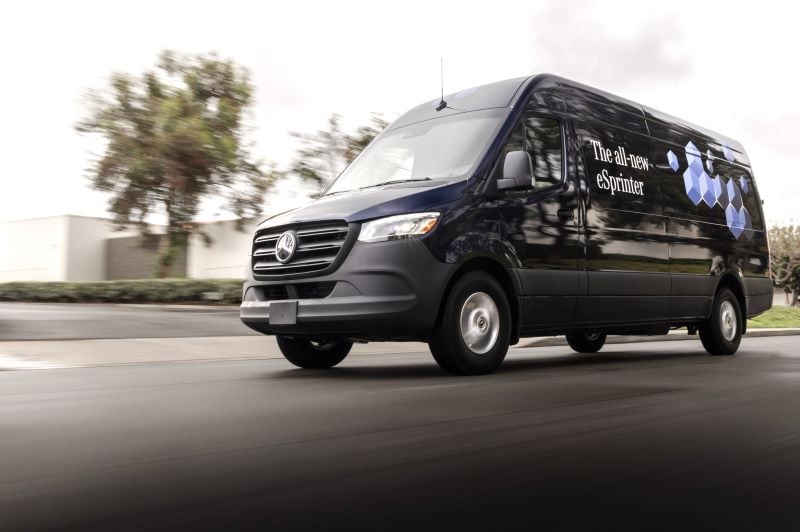You Now Don't Need A Special License To Drive A Heavy EV Van

You no longer need to get additional training to drive an electric vanthat weighs more 3.5 tonnes after a new law that raises the threshold to 4.25 tonnes for standard driving licences came into effect.
Under previous rules, driving a vehicle over 3.5 tonnes required drivers to undergo extra training for their licence to be valid.
The change in the law only applies to electric vehicles, but covers vans, cars and minibuses up to 4.25 tonnes. This rises to five-tonnes if a vehicle has been adapted to support disabled passengers, though the extra 750kg can only be attributed to transporting the specialist equipment, not general cargo.
Extra training is still required for conventionally fuelled vans weighing more than 3.5 tonnes.
The update to the law is motivated by the need to take heavier electric vehicles into account.
Electric vans are equipped with batteries that are generally heavier than a full tank of petroleum and do not lighten, unlike fuel. These batteries therefore contribute to more of the gross vehicle weight, leaving less available capacity for the payload.
The new law will remove a major stumbling block for some of the heavier large vans on the market, such as the Mercedes-Benz eSprinter (3248kg) and Iveco eDaily (2572kg).
Under the former rules, the eSprinter especially is very close to the 3.5-tonne threshold even before you consider carrying any cargo. It means that carrying any cargo would take a driver over the limit and would need to take extra training to drive the van legally.















